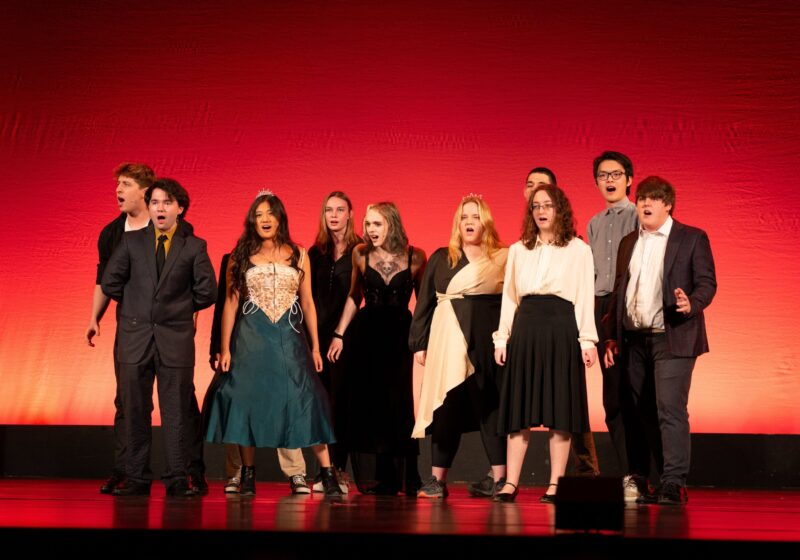These days, media outlets are faced with a real dilemma how to stay financially solvent and report the news accurately and with integrity. That these goals conflict with each other has been a well-documented problem in recent years.
But after reading The New York Times coverage on recent troop movements in Afghanistan, I think that there is a larger, more urgent problem in media. I don’t believe media outlets leave readers, and viewers, with enough perspective to comprehend the stories. The assumption that media outlets, such as The New York Times, make for an educated readership or viewership is far too generous. And accurate reporting is nothing without an educated populace.
But what The New York Times misses out on is perspective. For example, the average reader may not understand the entirety of American history in Afghanistan, dating back to arming Islamic fighters to fight the Soviets in the ’80s. Or, what about the abrupt American withdrawal from the region in 1989, leaving Afghanistan to cope with a bleak economic landscape? The United States has a significant 30 year history in the region, one that has enormous implications for American foreign policy today. The lack of perspective one receives by solely reading news articles on the subject is the basis for an uneducated opinion.
Furthermore, this lack of perspective is particularly glaring in the opinions formed by The New York Times Editorial Board in its coverage of the Afghan War. For example, in ‘Mr. Karzai Relents,” the Times published that, ‘The next Afghan government has no hope at all unless it is truly committed to rooting out corruption … and delivering basic services and security to its people.” Yet nowhere in this editorial was it mentioned that the need for these basic services and security is a result of American abandonment of the region in the late ’80s.
Here again, the Times is guilty of a lack of perspective. Whether the Editorial Board agrees or disagrees about America’s course of action in the region is a moot point the argument would be stronger if it provided more perspective. It is clear that the constraints of a newspaper, and its need to be current, limits the depth of both news and editorial board articles.
So if newspapers aren’t the way to learn the complete story behind the news, then what is? A striking alternative was discussed by the President of the Global Americana Institute Juan Cole on his blog, Informed Comment. Cole, an expert on the Middle East, noted that al-Jazeera, the Arabic news network, often provides a historical spot in its TV news programs, providing the crucial context that seems to be missing in other news mediums.
A similar informational session would be a welcome addition to the American media. According to www.tvbythenumbers.com, an average of 1,761,000 people tuned in on a nightly basis to the 8 p.m. cable TV news shows on the four main networks CNN, headline news, Fox News and MSNBC between Dec. 28, 2009, and January 29.
Imagine a five-minute history segment that changes and runs three times a week, over the course of that span. Providing an objective (or as objective as you can get with MSNBC and Fox) history spot three times a week could definitely help the public form an educated opinion about the complex world situations in which America finds itself.
And after all, accurate and in depth coverage would be a waste without the benefit of an educated populace.
Willis is a member of
the class of 2011.





